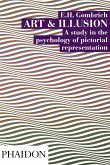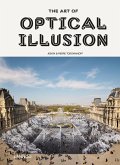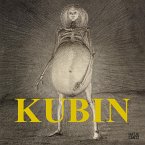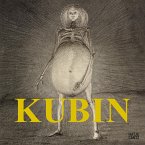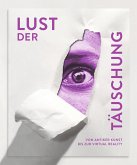Please note that the content of this book primarily consists of articles available from Wikipedia or other free sources online. The café wall illusion is a geometrical-optical illusion in which the parallel straight dividing lines between staggered rows with alternating black and white "bricks" appear to be sloped. It was first described under the name Kindergarten illusion, and re-discovered by Richard Gregory in 1973. According to Gregory, this effect was observed by a member of his laboratory, Steve Simpson, in the tiles of the wall of a café at the bottom of St Michael's Hill, Bristol. It is a variant of the shifted-chessboard illusion originated by Münsterberg. In the construction of the optical illusion often each "brick" is surrounded by a layer of "mortar" intermediate between the dark and light colours of the "bricks". In the first and quite successful attempt at its deconstruction the illusion was ascribed largely to irradiation, the light spread from dark to bright zones in the retinal image, and indeed the image disappears when black and white are replaced by different colours of the same brightness (isoluminant). But a component of the illusion remains even when all optical and retinal components are factored out.
Bitte wählen Sie Ihr Anliegen aus.
Rechnungen
Retourenschein anfordern
Bestellstatus
Storno


